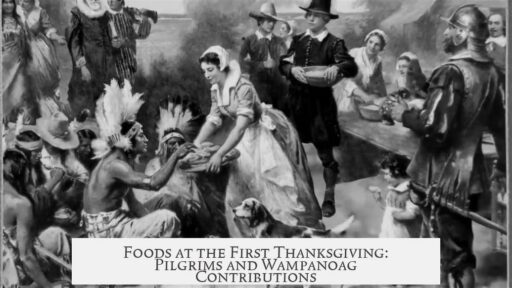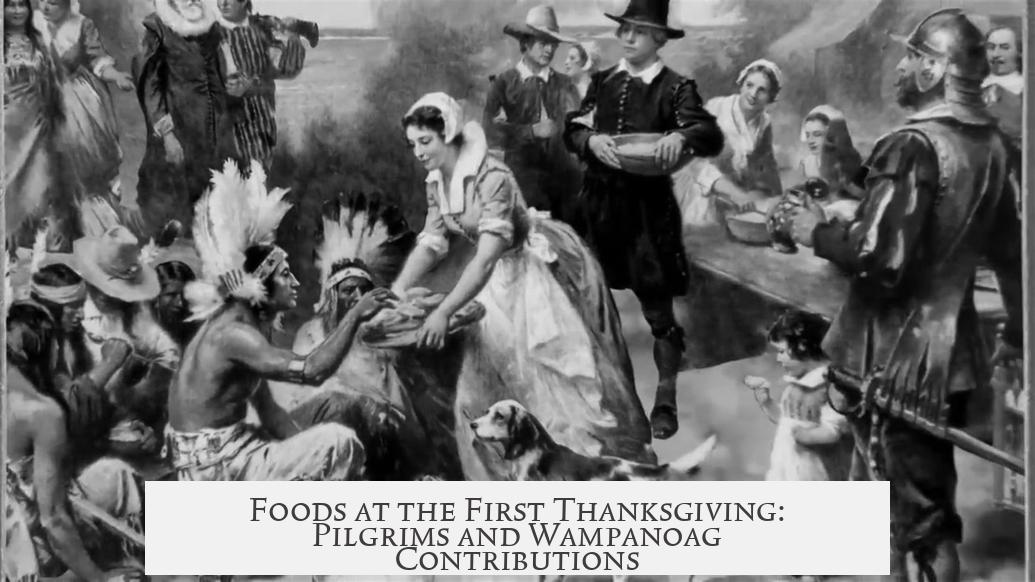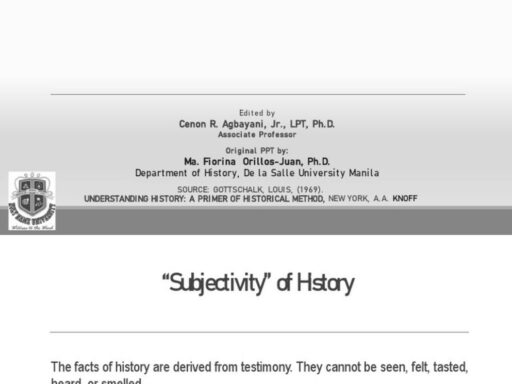The original Thanksgiving feast featured a variety of local foods sourced by both the Pilgrims and the Wampanoag people. The meal included fish like cod and bass, which the Pilgrims had caught and preserved during the summer. Indian corn, harvested by the colonists, was also on the table.
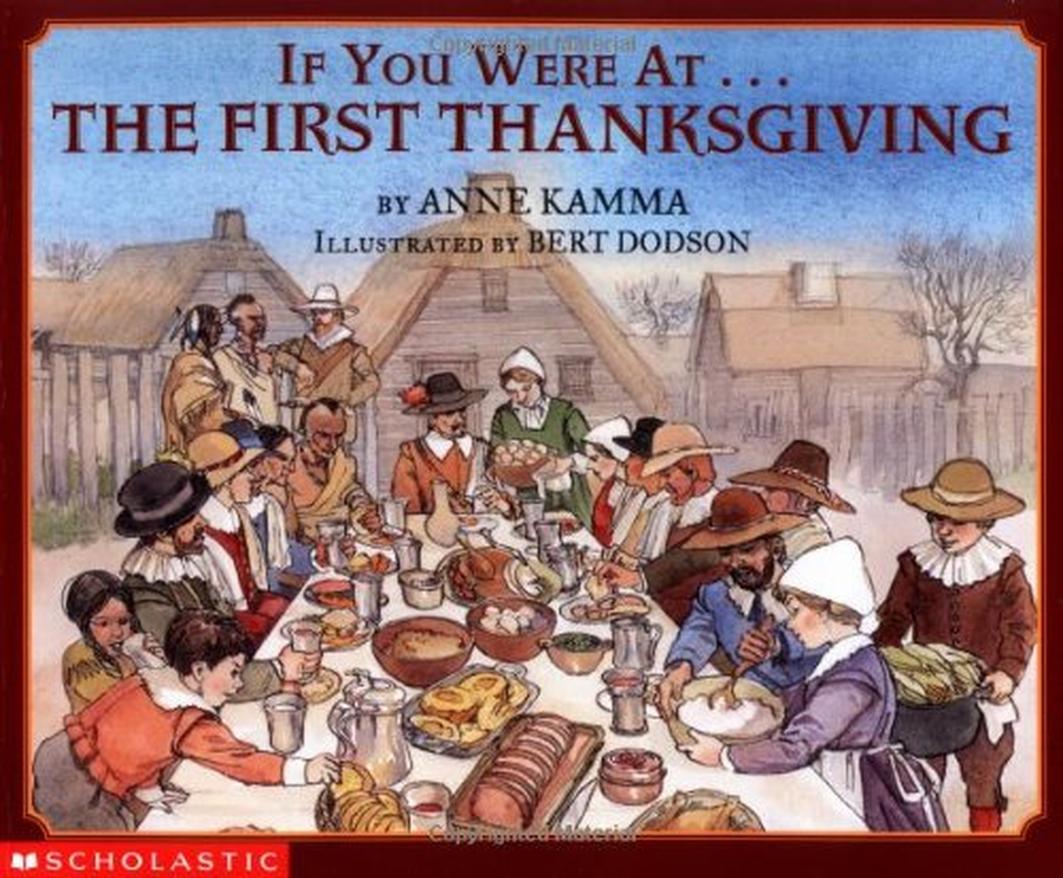
Waterfowl such as ducks and geese had recently migrated through the area and were hunted. Turkey played a prominent role; Bradford’s records note that the colonists took many wild turkeys as they were plentiful. Other wild birds included partridge, quail, and passenger pigeons.
Meat from deer was significant. The Wampanoag hunted and gifted five deer to the Pilgrims, joining the feast for three days. This act strengthened relations and added to the variety of protein sources at the gathering.
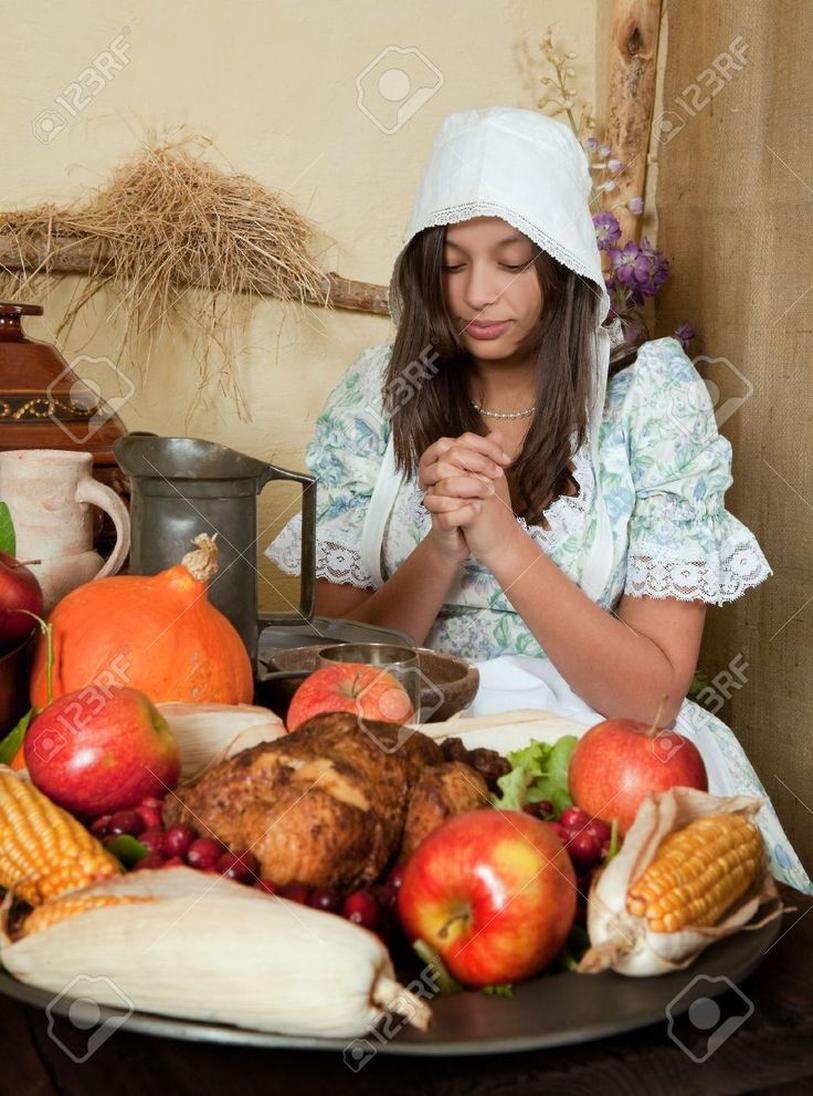
The meal also featured wild plant foods that the Pilgrims gathered, including walnuts, chestnuts, plums, gooseberries, and strawberries. These provided essential nutrition and flavor diversity to the feast.
- Fish: cod and bass, preserved from summer catches
- Indian corn: harvested by Pilgrims
- Waterfowl: ducks, geese, and other migratory birds
- Wild turkey: abundant and hunted in large numbers
- Other birds: partridge, quail, passenger pigeons
- Deer: hunted and gifted by Wampanoag people
- Wild plants: walnuts, chestnuts, and various berries
This feast was a communal event that showcased the bounty of the land and the cooperation between the Pilgrims and the Wampanoag. It was rich in game, seafood, and native plants rather than the dishes commonly associated with modern Thanksgiving dinners.

- The feast included fish, wild game, and native crops.
- Turkey and deer were main meat sources.
- Wampanoag contributed deer and joined the celebration.
- Wild plants and corn supplemented the meal.
What Was Eaten at the Original Thanksgiving Feast?
The original Thanksgiving feast was a farm-fresh, wild-harvested, bounty-filled celebration featuring a surprising mix of foods—fish, wild fowl, deer, corn, and seasonal fruits—far from the familiar turkey-and-pie-centric dinner we think of today. So, what exactly filled the plates in 1621 at Plymouth? Buckle up, because the menu is as diverse as it is delicious.
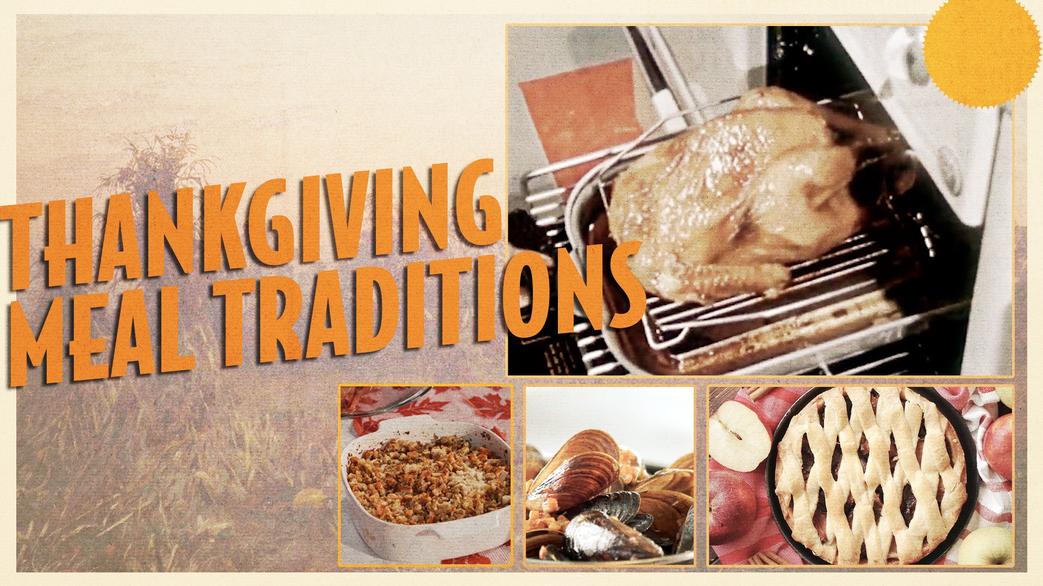
When people think of Thanksgiving, turkey often takes center stage. No wonder—it was plentiful then! William Bradford, the Pilgrim leader, noted that turkeys were abundant in the area and that “they took many.” But the feast was not just about gobblers. Wild animals like deer also made their way to the table, both from the Wampanoag guests and from the Pilgrims’ own hunts.
Pilgrims’ Menu: Earth’s Bounty from Water and Land
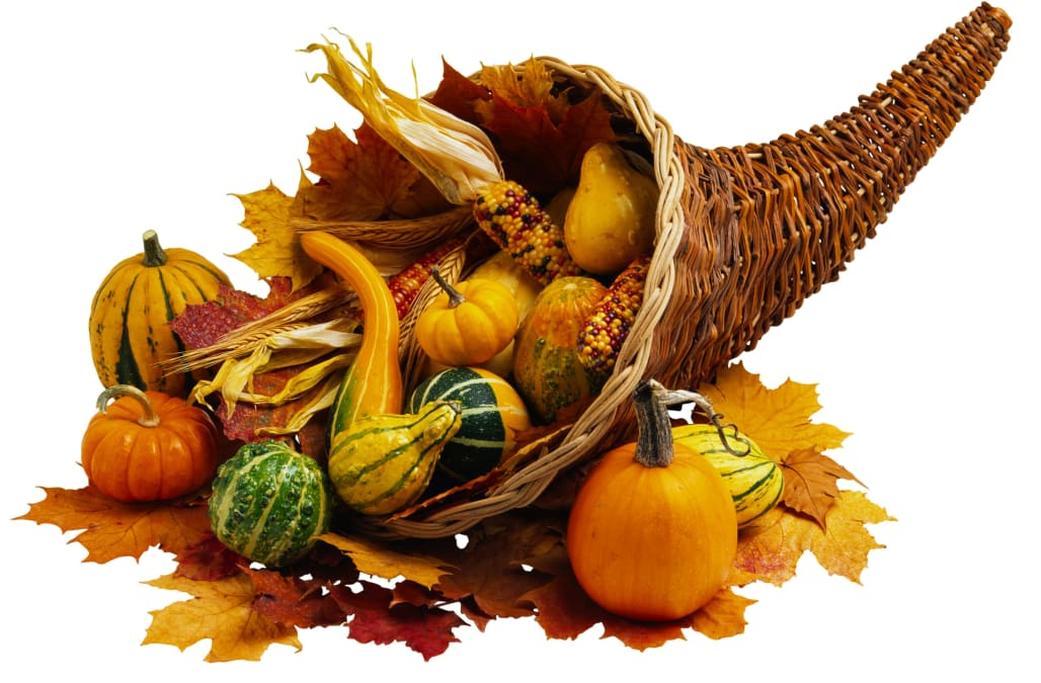
The Pilgrims came prepared. Thanks to summer fishing, they had preserved fish such as cod and bass, which were staple proteins in their diet. This preservation meant they could stock up on fish for months, a smart move for the cold times ahead.
“Indian corn” took a starring role. Unlike the sweet corn we enjoy now, Indian corn was often ground into meal or served boiled. This native grain was a gift from the local Wampanoag, and the Pilgrims quickly adopted it into their meals. It formed a filling carb base at the feast.
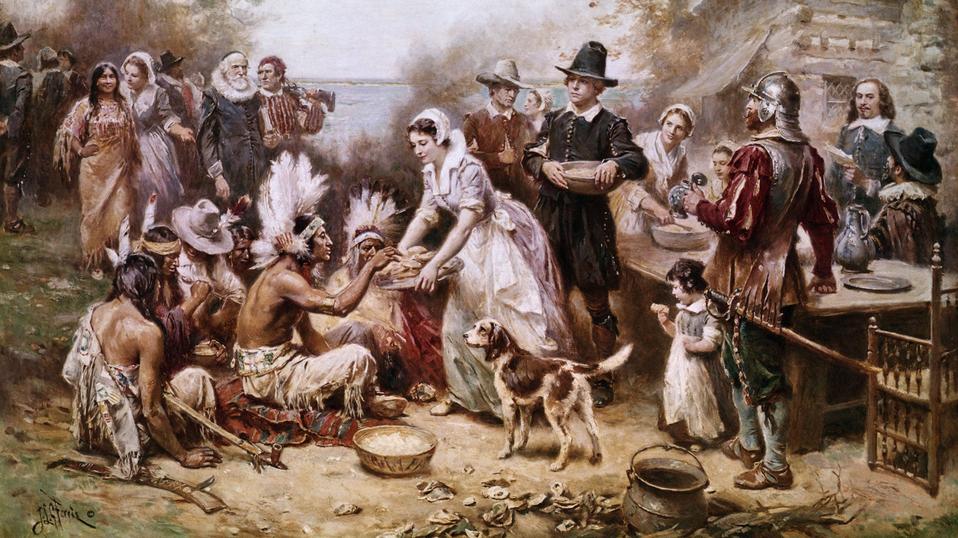
Wild fowl was another highlight. Besides turkey, the table had partridge, quail, and even the now-extinct passenger pigeon. Imagine trying to find passenger pigeon today! Multiple varieties of waterfowl were also present. These were birds that had migrated south recently and were plentiful in the surrounding marshes and ponds.
Adding to this savory spread, the Pilgrims had wild plants and nuts—walnuts, chestnuts, plums, gooseberries, and strawberries. These would have offered a sweet and slightly tart contrast to the savory meats, and a taste of autumn’s natural dessert.
Wampanoag Contributions: Deer and Community Spirit
Thanks to the generosity of the Wampanoag people, the feast truly became a joint celebration. They gifted five deer, which were hunted quickly once the feast mood was clear. Deer meat was likely a prized addition, showing respect and sharing abundance.
This sharing was more than about food—it was about friendship and alliance. The feast lasted three days, with the Wampanoag joining the Pilgrims, reinforcing bonds that were critical for survival in this new land.
What Stuck—and What Vanished
Many modern Thanksgiving staples weren’t on the original menu. No mashed potatoes, cranberry sauce, or pumpkin pie. No bread or butter, as wheat was not yet widely cultivated by the Pilgrims in Plymouth. It was a simpler, far more rustic meal, focused on what was locally available and freshly hunted or gathered.
Turkey, however, did survive the centuries as the feast’s emblem. Its prominence at that first meal might surprise those who thought it came later. The real star was variety—meats from land and water, grains, and wild fruits—a menu deeply tied to nature’s rhythms.
Why Does This Matter Today?
Reflecting on the original Thanksgiving feast helps us appreciate how food connects us to history and place. The Pilgrims ate seasonally, sustainably, using what the land and waters provided. Their diet was a partnership with the Wampanoag, whose knowledge and generosity were vital.
Next time you carve into a golden roast turkey or bite into a slice of pumpkin pie, consider the feast’s humble, wild roots. Could reviving some native dishes deepen your appreciation for the holiday? Maybe add a side of roasted chestnuts or some fresh berries for a nod to tradition.
Pro Tips for a Historically Inspired Feast
- Try incorporating cornmeal-based dishes—like cornbread or hasty pudding—to echo the “Indian corn” tradition.
- Add seasonal wild plants like walnuts, chestnuts, or fresh berry salads to your menu.
- Include locally sourced fish such as bass or cod for a seafood twist.
- Explore wild fowl varieties such as quail or duck, for a taste closer to the original feast.
- Remember, shared meals build community—that’s the real spirit of Thanksgiving.
The original feast was a celebration of survival, friendship, and sharing resources. Its robust menu was a reminder: food is not just fuel but a bridge between cultures and seasons. It’s worth reflecting on what truly belonged on that 1621 table.
So, what will you serve next Thanksgiving? Perhaps a nod to the past, with a diverse spread inspired by the Pilgrims and Wampanoag. History is on your plate.
What types of meat were served at the original Thanksgiving feast?
Meats included wild turkey, deer, waterfowl like ducks and geese, partridge, quail, and passenger pigeons.
Did the Pilgrims eat turkey at the first Thanksgiving?
Yes, turkeys were abundant and several were hunted for the feast.
What plant-based foods were part of the original Thanksgiving meal?
Guests enjoyed Indian corn, walnuts, chestnuts, plums, gooseberries, and strawberries.
How did the Wampanoag contribute to the food at the feast?
They hunted and brought five deer as a gift and joined the Pilgrims for the celebration.
Were fish included in the first Thanksgiving meal?
The Pilgrims brought fish like cod and bass that they had caught and preserved over summer.
